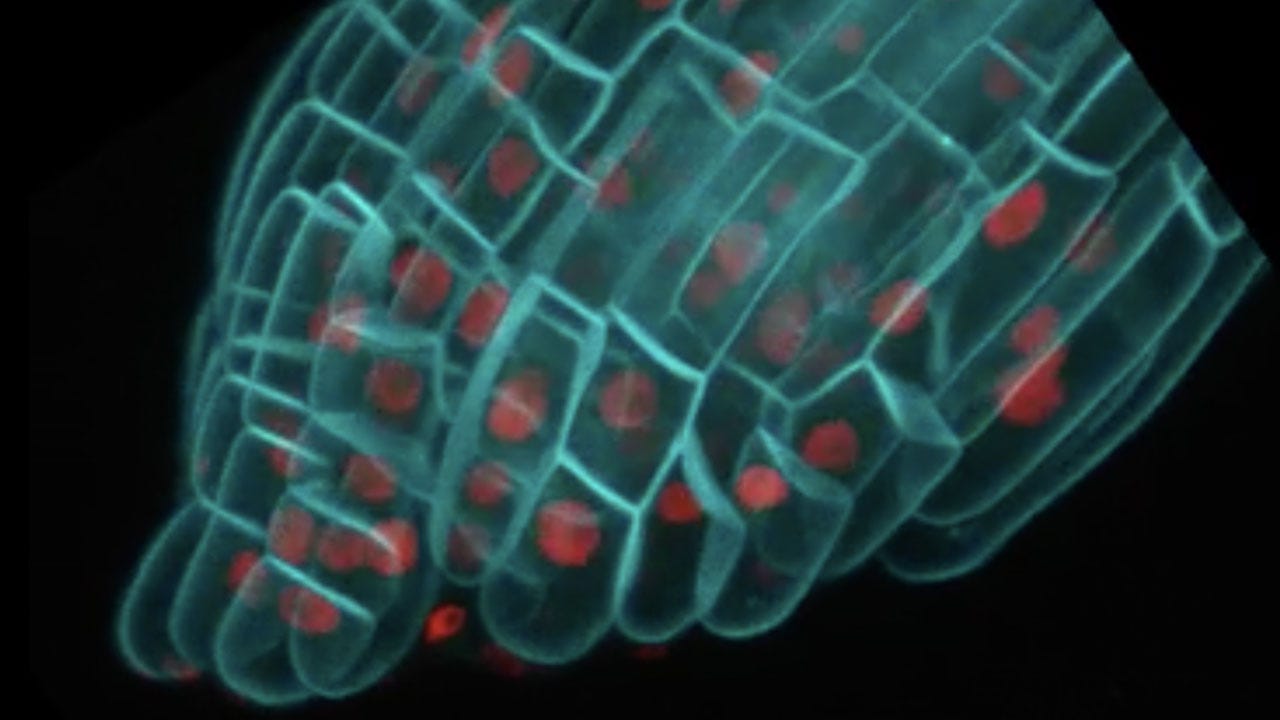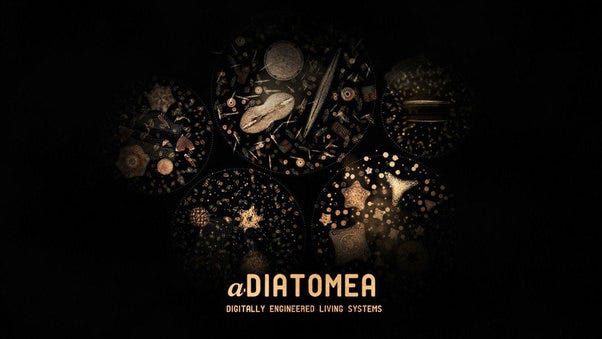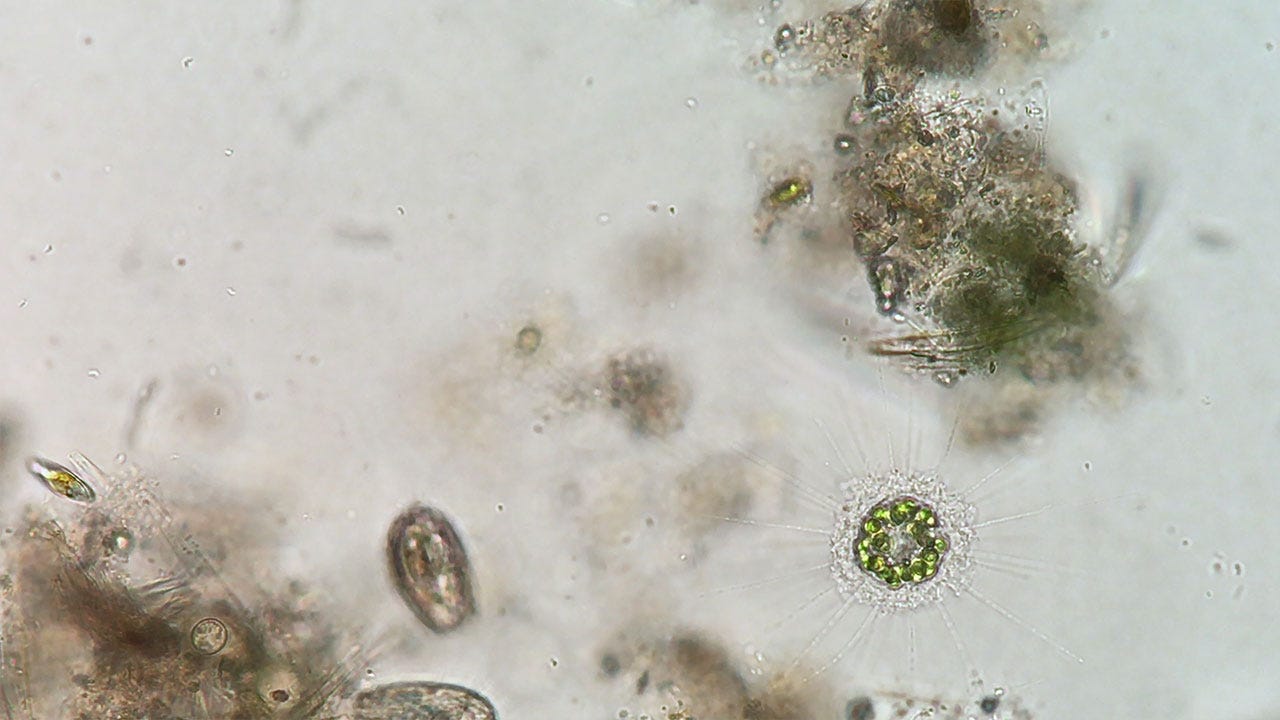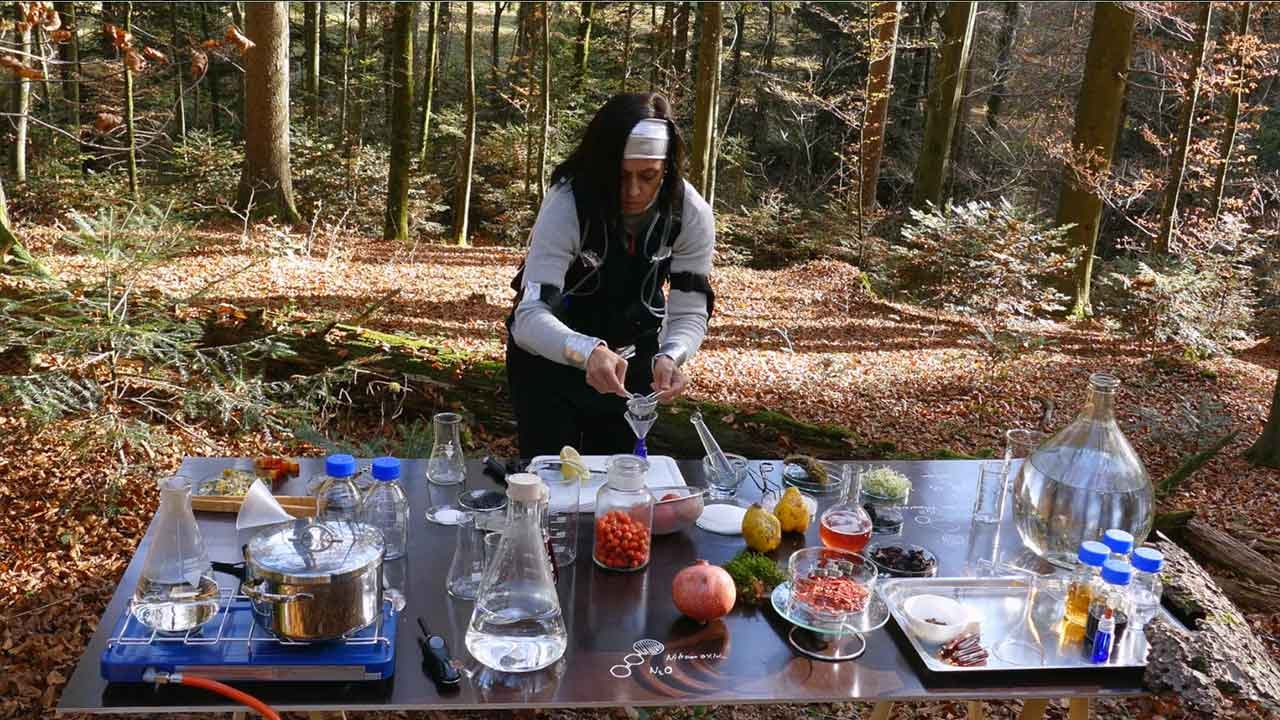Continuing with our weekly education series, we have selected seven films that demonstrate growth, reproduction, dynamic homeostatis and interactions of biological systems” (CollegeBoard, 2016). While many high school science programs teach to the test, placing their focus on preparation for standardized exams, we propose a multi-disciplinary approach to education with a list of films to accompany biology curricula.
The videos in this series have been selected with key lessons in mind. With films ranging from lab footage to experimental and documentary shorts, the package offers a range of entry-points for young learners to engage with the study of biology and develop critical thinking skills.

Ramin Rahni’s film illustrates the process of root regeneration in plants. While the attempt is unsuccessful, it reveals the ways in which cells function and interact with one another. Since their development is presented as a timelapse, we are able to appreciate the details and composition of these cells as an outgrowth begins to form.

In their experimental short, Toma Peiu and Nicholas DelRose make compelling comparisons between the biological processes of regeneration in plants and animals. The film “Arabidopsis thaliana juxtaposes the implications of injury, development and regeneration for plants, humans and cities, with a nod to one of the most popular plant model organisms in biology and genetics.”
Toma Peiu and Nicholas DelRose, directors

“aDiatomea is an artificial life system that uses various methods and notions of a-life research. The basic principle of aDiatomea is that every aspect of it is entirely mathematically generated and thus it is not created purposefully as an art piece but as a complex system that takes a life of its own. These artificial organisms are based on actual unicellular organisms known as Diatoms. These beautiful microscopic creatures are constructed using the superformula, an equation that can reproduce organic forms. Granular sound is injected in these organisms, acting as their life-force, while they interact with each other and their environment. This film shows a recording of 36 seconds of evolution in 5 different colonies of artificial diatoms, pushing the boundaries of complex computer calculations.”
Markos Kay, director

This lab footage taken under the microscope reveals key features and capabilities of sperm cells taken from a rat. While the shapes onscreen appear abstract and foreign, sperm cells in different species have developed specific characteristics through the process of evolution.

“We see an organism called a Heliozoan or “sun animal” sitting pretty as its busy neighbors go about their frenetic business. The heliozoan has a guest. Those green dots inside are green algal cells. They live protected inside the heliozoan (it is coated in scales and spikes), and in return, they pay rent in the form of energy they trap from sunlight. The heliozoan doesn’t need to find and eat food. Its neighbors must, and they are kept busy doing so. The tiniest moving dots are bacteria, the larger are ciliates.”
Sally Warring, director

In their imaginative performance video, Ursula Biemann and Mo Diener demonstrate the ways in which chemical interactions have paved the way for materiality — and ultimately life — in the universe. Their piece considers the development of our physical world, as well as the ways in which living things are connected to and reliant upon it for survival.Life Cycle of Toxoplasma Gondii

“A 29-screen video installation examines The Life Cycle of Toxoplasma Gondii and the memetic proliferation of cat videos. T. gondii is a parasite spread by cats, which is present in 30% of the human population. The microbe reproduces in cats, and is spread fecal-orally. When imbibed by other animals, the parasite produces cysts in muscles, even the eyes and brain. Mice and rats with toxoplasmosis lose their innate fear of cats, and are instead aroused by the smell of their urine, causing a “fatal attraction.” The cats can capture and eat these docile rodents, and thus the parasite completes its life cycle — through mind control.
While generally presumed to have no effect on healthy people, recent studies by Czech evolutionary biologist, Jaroslav Flegr, show that those who carry the parasite exhibit personality changes, which increase over time. This may be due to neurotransmitter-producing enzymes in the cyst, which sometimes lodges in the brain. Women become more easy-going, gregarious, and attentive to dress. Men become more jealous, suspicious, and sloppily attired. Toxo-infected people have slower reactions times, leading to greater probability of car accidents. Toxoplasma is commonly found in schizophrenics, and may cause more severe hallucinations and delusions.
Human beings are apparently a dead-end for the parasite, which does not return to the cat to sexually reproduce, as it can with prey. However, the proliferation of cats as pets — and on the internet as videos — might suggest otherwise. The installation explores the relationship between our biological affinity for cats and the technocultural expression of that desire.”
Rachel Meyeri, director